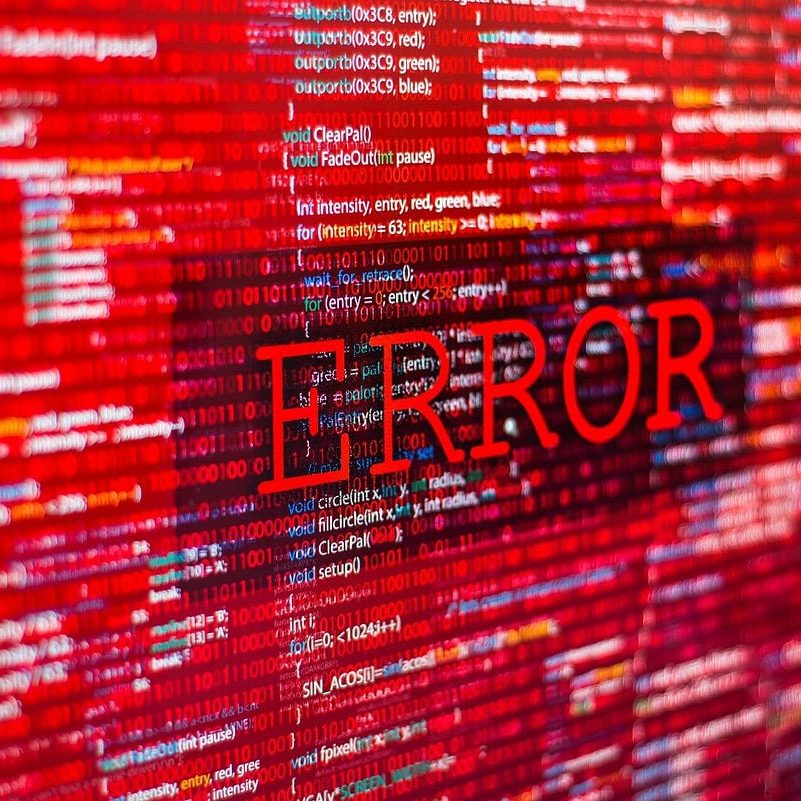You Are Assuming...Wrong
The "cloud people" back up my data
Microsoft, Google, and Amazon do not back up their infrastructure for customers, but for their own reasons. You should either use your application's own backup system or pay for extra backup services. Extra backup services will appear as a separate item on your bill. If you don't see it, you don't have it.
A conventional backup is enough
This statement is incorrect. You need to use both the built-in backup systems of your accounting application AND a conventional backup method. Without using their own backup systems, QuickBooks and Sage cannot fully restore your data.
Decision Digital is doing it for me
Absolutely not true. We perform our own image backups at the infrastructure level, which let us restore the system to a previous state. We can't perform application-level backups because we do not have the admin credentials required to access the software applications that store your data, such as accounting or SQL.
File Corruption Is Serious
The number one reason for corruption: not exiting from QuickBooks or Sage. You should NEVER, EVER leave your accounting software open at the end of the day. NEVER!
- Always completely close QuickBooks or Sage every day.
- Always Log Out of your desktop (do not disconnect).
Contact QuickBooks or Sage support immediately if:
- You notice strange or malformed data within your accounting file.
- You click on data and the application stalls or locks up.
- You open QuickBooks or Sage and it wants to rebuild.
Don't wait! QuickBooks data recovery takes 7-10 business days!

For Virtual and On Premise Desktop
QuickBook Desktop
Sage Desktop
For Cloud Accounting

QuickBooks Online
Users assume that Intuit will be able to restore any lost data if needed. Unfortunately, that’s not the case.
QuickBooks Online states: "Because we update your records with every change, we can't restore your file to a previous point in time".
You should investigate a third-party solution such as REWIND or REDSTOR to perform this task. LEARN WHY HERE
Xero Online
Xero, while powerful, doesn't offer any built-in backup feature and actively recommends users to maintain their own backups.
Per their own Terms of Use: "You also may have occasional access issues and may experience data loss, so backing up your data is important“.
You should investigate a third-party company such as REDSTOR to perform this task.